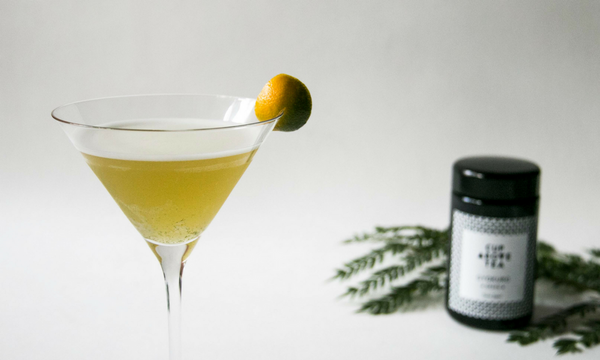10 ways you might be drinking your tea all wrong
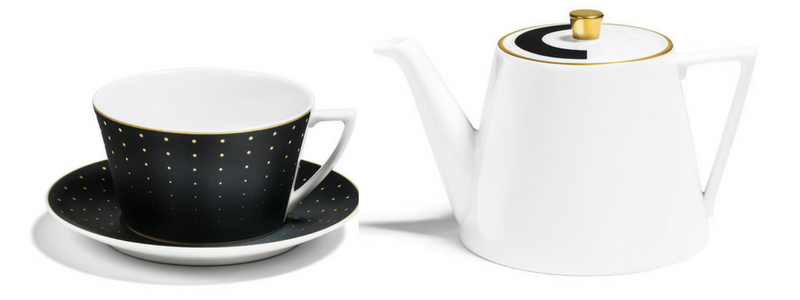
Despite the apparent simplicity of the humble cup of tea, there are lots of factors that influence how enjoyable the taste will be. Preparing and drinking tea the right way has the potential to take your brew from standard to sensational. If you’re in the habit of any of these 10 things, chances are you might not even know what you’re missing out on.
1. You’re using a teabag
This is the ultimate tea faux pa. Many people wrongly assume that tea bags are more convenient, cheaper and easier to make than loose leaf tea. Tea bags generally contain dust or fanning grade tea which is essentially the tiny bits and pieces left over after the production of loose leaf tea. Tea bag tea is made from the particles that fall to floor as full leaf tea is processed. They are collected up and sent to the bagging line and end up in your tea bag. While there are some pyramid style tea bags that allow for larger leaf particles, the highest quality tea will never be found in bags. Quality tea needs room to unfurl and requires a larger surface area of the leaf to be in full contact with water. Even if you were to find reasonable quality leaf in a teabag the constriction of the leaf means you won’t get to appreciate the full flavour potential.

2. Your water is too hot
The temperature of the water you make your tea with has a significant impact on how good that tea will taste. Different types of tea require different temperature water. Black tea is the most forgiving with water temperature, however green, white and yellow tea in particular will quickly taste bitter if you infuse in water that’s too hot. You will also loose the delicate aroma. On the other hand, if the water isn’t hot enough, the full flavour of the leaf won’t be extracted. The quality and grade of the tea you’re using, as well as the harvest time also influences water temperature. Spring harvest teas will generally benefit from slightly lower temperatures than their later harvest counterparts.
Here’s a basic guide to water temperatures...

3. You don’t know the provenance of your tea
The vast majority of tea drinkers don’t have a clear understanding of where their tea comes from. Knowing the country of origin is a start but isn’t particularly revealing. Even if people can locate their tea to within a specific part of a country, they often fall victim to uniformed marketing stories that fool them into believing that they have purchased a product with some provenance.
Tea is a commodity – the more it is distanced from its origin the more it is commodified. Tea that is divorced from its original terroir, craftsmanship and maker loses its authenticity. It loses part of its story and individuality. If your tea doesn’t show the village or local town it was grown in, when it was harvested, who the tea master was and other key details, you can guarantee that it has passed through the hands of many middlemen, wholesalers and retailers before it even reaches you. Everyone takes their cut of the profits and the families and talented tea masters often end up with a fraction of what they truly deserve.
If you’re purchasing tea from huge global brands or chain store shelves, you can almost guarantee the tea hasn’t been hand crafted. Small family growers simply can’t supply enough tea to meet the demands of large brands. Seeking out small growers and independent speciality tea retailers that disclose full and transparent provenance details will unlock a whole new world of tea for you to enjoy.

4. You only use your tea leaves once
If you are drinking high quality loose leaf tea from a trusted speciality tea retailer you will be paying a higher price for you tea. This is because the tea is a premium grade, it has been well crafted and it you can use the same leaves more than once. Some connoisseur grade tea leaves can be reinfused up to 10 times without losing flavour. So before you get rid of your leaf after just one cup or pot, be sure to try another steep.
Using an infuser basket or a teapot with a removable infuser chamber will yield the best results as you can easily take the leaves out of the water so they don’t over steep. Set them to one side until you’re ready for you next pot of cup, making sure they aren’t sitting in any water (if they are sitting in water it will cause the leaf to continue to steep and will become bitter and tannic for next time around). Infusing you leaves this way gives you exceptional value for money.
5. You automatically add milk and sugar. Every time.
Adding milk and sugar to connoisseur grade tea is like adding ice cubes to a glass of fine vintage wine, or slathering a Michelin star meal with tomato sauce. Do the tea master who has toiled and crafted over your tea leaves a favour and taste the tea as it is was designed to be drunk. Plain. With no additions.
High quality speciality tea is full of nuanced flavour. Adding milk or sugar masks this and you’re missing out, in a big way. Some really bold malty black teas, especially those from Assam or other low grown areas in India or Sri Lanka can tolerate a dash of milk. But these are the exceptions. Always taste your tea on its own first. After a few cups with no sugar, milk or honey your palate will begin to pick up the gorgeous subtleties you’ve been missing out on by adding unnecessary accoutrements to your tea.

6. You leave the tea leaves in the teapot
There are few things in life more satisfying than a pot of freshly steeped tea. If you are enjoying a cup of tea from a pot, make sure you remove the leaves from the pot after an appropriate amount of infusion time. Leaving the leaves to sit in your water beyond a few minutes will result in a bitter, tannic brew and you’ll find yourself reaching for milk, sugar, honey or lemon to mask the flavour. If your teapot doesn’t have a removable leaf chamber make sure you pour out any remaining tea, don’t leave it sitting there continuing to steep. If the water line is sitting below your tea leaf chamber, there is no need to remove the leaves if they aren’t touching the water.
Tea connoisseurs will face this hazard annoyingly frequently at cafes, restaurants and when taking expensive afternoon of high tea at establishments that should know better. A good option is to ask for a water glass or saucer that you can remove and rest the steeping basket on. If the leaves are floating freely in your teapot, as for another cup or glass and pour out the remaining tea when it’s your desired strength. It may end up a little colder than you would like, but at least you will still have a nice tasting beverage after your initial cup.

7. You’ve never tried anything other than a black or green tea
If you’ve only every drunk black tea or green tea, you are missing out on a world of flavour. Experiment with less common styles of tea like oolongs (that sit somewhere between a green and black tea) or a yellow or white tea. There is so much diversity to be explored.
8. You only every brew your favourite tea hot
When the weather is warm the thought of a piping hot drink will have you breaking out into a sweat. You might be surprised to know that most tea can be successfully cold brewed. Experiment with your favourite leaf by infusing double the amount you would normally use for a cup of tea in cold water. Leave the tea to infuse for an hour at room temperature, then transition to the fridge for another few hours. Strain out the leaves and enjoy! You can experiment with different additions and garnishes like adding a splash of coconut or sparkling water and toping with sliced citrus or berries.
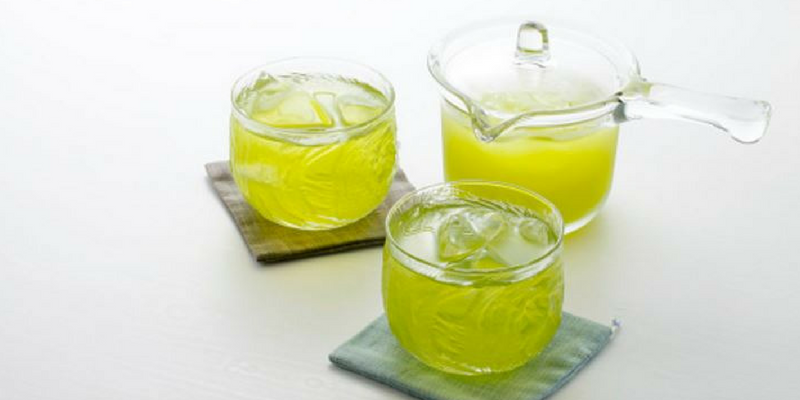
9. You don’t take care when storing your tea
Tea is sensitive. If you want the most from your collection, both in terms of taste and lifespan, you need to keep it away from light, air, moisture, strong smells and extremes in temperature. That means not keeping your tea in your pantry right next to your herbs, spices and seasonings. If you can smell it, tea can absorb it. It’s as simple as that. This also goes for storing your scented teas near non-scented teas. If you’ve got your chai or jasmine in a non-air tight container that’s too close to your single origin oolong, the smells will mingle.
You should also transfer your tea from its original packaging into an opaque, air tight container or jar. Air and tea are not good bedfellows. When tea leaves are exposed to oxygen they lose the nuanced flavour structure tea masters work so hard to develop. Each time you open your jar or pouch of leaves the air will trigger oxidisation. White, green and yellow teas will degrade faster than oolongs and blacks. Reputable speciality tea merchants will usually ensure the packaging your tea is sold in is suitable for longer term tea storage. Learn more about how to store tea correctly.
10. You buy your tea from a supermarket or chain store
The best in breed is limited in quantity when it comes to tea. Mass produced tea is produced in bulk and blended so that no matter what the harvest conditions on the ground, the big brands can always supply the same tasting tea to consumers. There will never be a supply gap on the retail shelves. Drinking this type of tea means you never get to taste and explore the uniqueness of different harvests or seasons. The terroir is ignored completely and you get a consistent blandness with limited flavour expression.
Find a specialty tea retailer, like Cup Above Tea, where tea is sourced specifically because of its provenance, terroir and craftsmanship. You will not taste tea like this on retail shelves for the simple reason that there is not enough of it available. Try a single batch tea for something truly special. You will start to truly taste and appreciate art in craft.
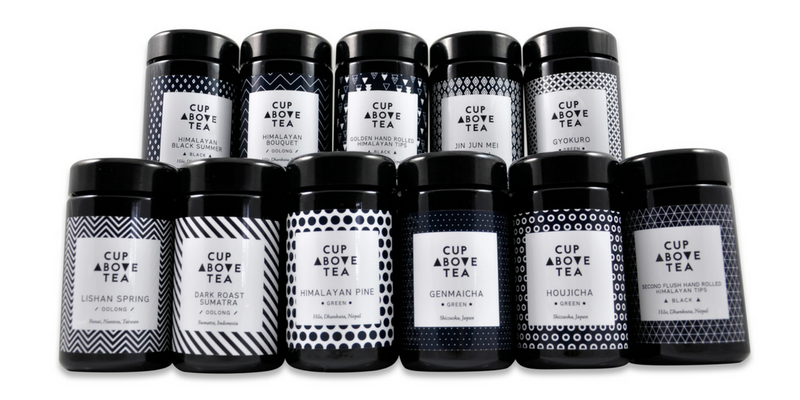
Leave a comment
We would love to hear what you think. Leave us your thoughts on this article.
You Might Also Like...
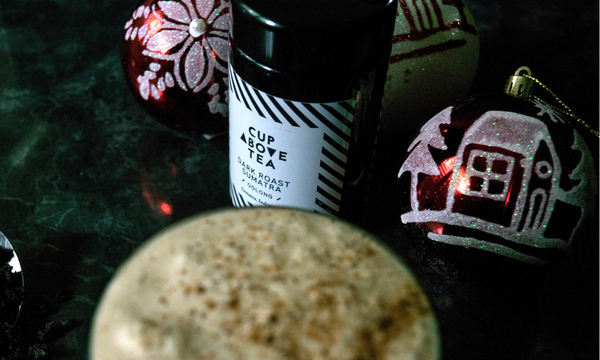
Homemade Eggnog Infused with Oolong Tea
Oolong Tea Eggnog - the perfect festive tea-infused treat for the holiday season. It's quick, easy and screams Christmas!



